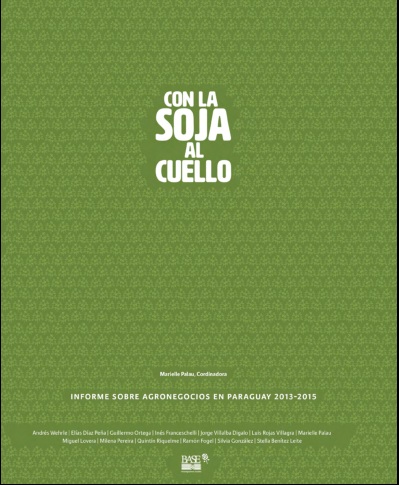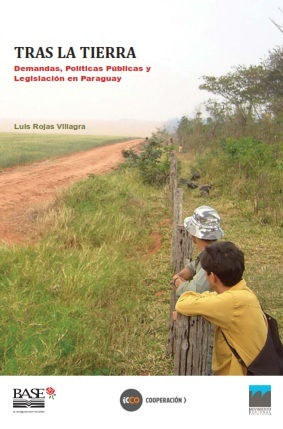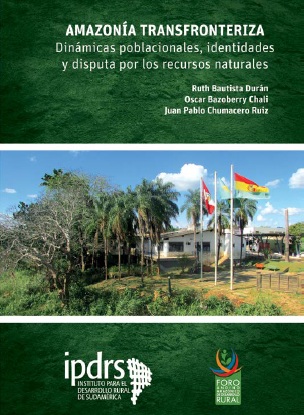Reducing the Vulnerability of the Former Yugoslav Republic of Macedonia's Agricultural Systems to Climate Change : Impact Assessment and Adaptation Options
Agricultural production is inextricably tied to climate, making agriculture one of the most climate-sensitive of all economic sectors. In countries such as the Former Yugoslav Republic (FYR) of Macedonia, the risks of climate change for the agricultural sector are a particularly immediate and important problem because the majority of the rural population depends either directly or indirectly on agriculture for their livelihoods.




